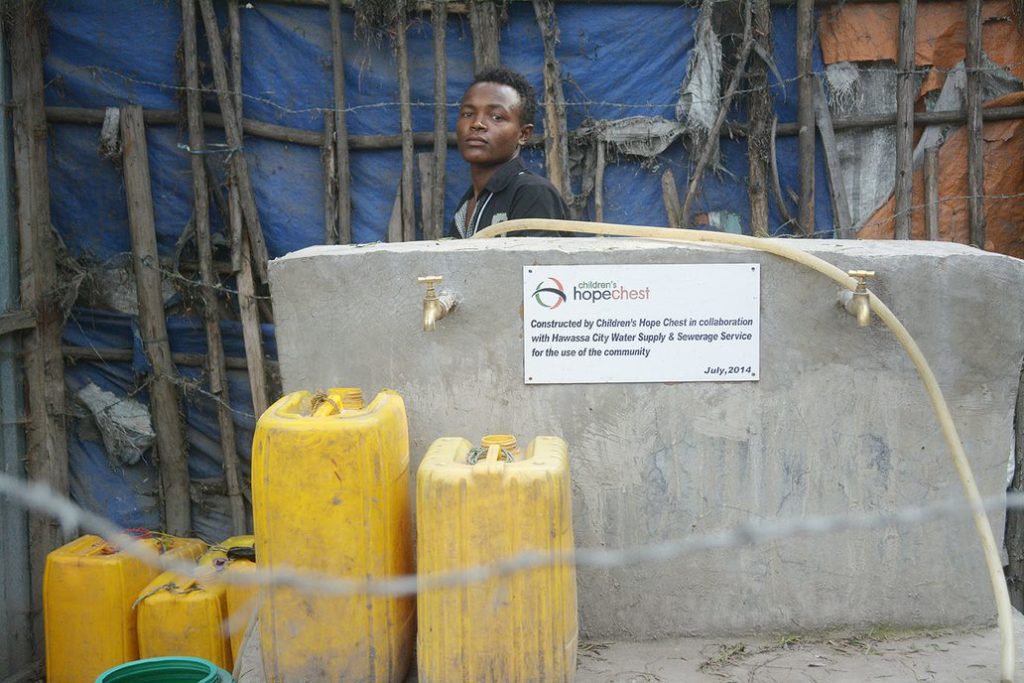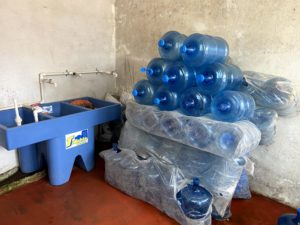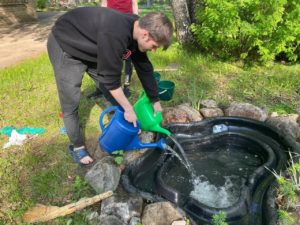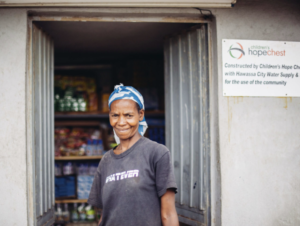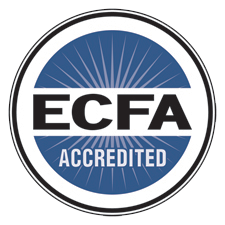Infrastructure is a great resource that is often taken for granted in developed nations. Roads, water systems, a postal service, public transportation, and communications are all forms of a country’s infrastructure. These elements of a society allow for citizens to not only live and work more comfortably, but enables economic activities, education, and more, to take place. When a country’s infrastructure is underdeveloped or damaged, all of those daily activities aren’t able to be accomplished normally.
The paradox that befalls developing nations, however, is that these countries often deal with disasters and conflict that are no longer common in other nations. Events like war and famine aren’t a common occurrence in most developed countries. Even when developed nations are subjected to an unavoidable natural disaster, like a hurricane, they have the money and the resources to respond quickly with aid. Loss of life can be lessened, and damaged property and infrastructure can quickly be rebuilt; economic activity can return to normal.
However, for countries that still struggle with large populations living in poverty, they are repeatedly subjected to events that keep them vulnerable, and lack the resources and funds to effectively respond to such crises. This prolongs the recovery period and increases the likelihood of disasters and difficulties compounding.
Reliable infrastructure is particularly crucial to a nation’s economic activity. In order to connect supply chains and move goods from one market to another, a country needs to have an interconnected system of roads and transportation that are well maintained. Vehicles have to be widely available and accessible, as well as fuel. Those roads connect households to more urban areas, where there are more opportunities for employment, healthcare and education.
Without even just that one infrastructural element, people are severely limited to only what opportunities they can access within walking distance. Adults have fewer job opportunities that are only in their immediate area. Children have to walk great distances to attend school, which can be exhausting and even unsafe. This also diminishes access to emergency medical services, which can cost lives.
Of course, with the additional crisis of Covid-19, clean running water became even more of a dire need. Proper hygiene is one of the major mitigation methods for Covid-19. Without widespread access to clean water, disease spreads more easily. People are unable to effectively protect themselves and each other.
It is clear that infrastructure is very important for a community- and given that, what does HopeChest do to help improve infrastructure in these impoverished areas?
CarePoints aren’t the only way that HopeChest supports communities with resources. While the focus is on children at CarePoints, community projects are also undertaken in order to support the childrens’ living environment. Some examples of projects we engage in include: establishing gardens to increase food security and create income; drilling wells, and/or connecting impoverished communities to public water lines and electricity; installing solar panels where connecting to an existing electrical grid is too distant; and creating bathrooms and showers for proper hygiene. The needs of individual communities are also considered- some communities need a new school building, or vehicles to transport or check on children in rural areas. When Covid-19 became an additional concern, HopeChest provided resources for CarePoints to construct hand-washing stations and distribute masks and other supplies.
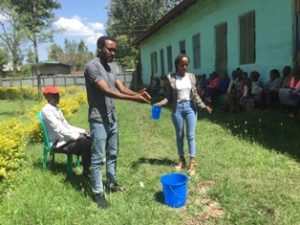
At the Chapa CarePoint in Ethiopia, staff taught almost 200 children how to brush their teeth, care for their hair, and how to wash their hands properly to prevent the spread of Covid-19.
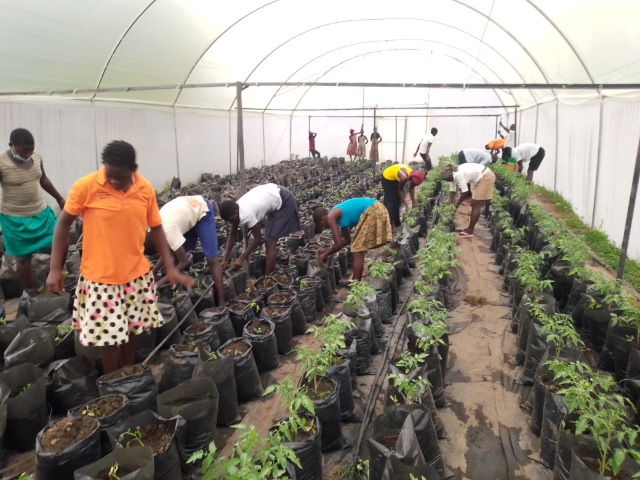
17 CarePoint children at the Ogoloi CarePoint in Uganda were trained to grow vegetables commercially, and are now ready to start their own businesses growing and selling produce!
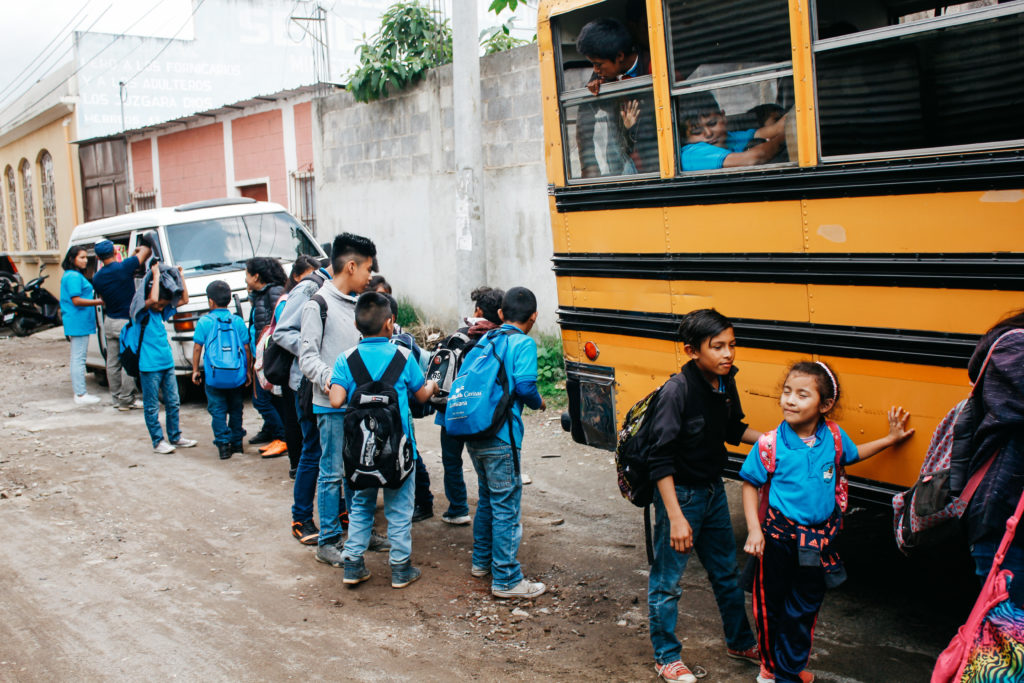
Mision Energes in Guatemala offers school bus transportation for 70 children, who are between pre-school and high-school levels, providing support to reach higher education levels for the community. The school bus will raise attendance by 78% in 5 years.
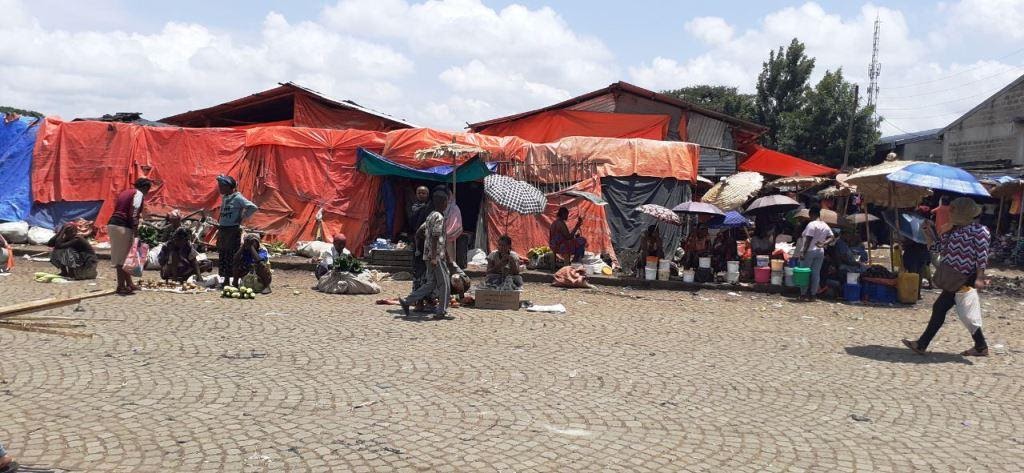
In the community of Enat CarePoint, there is a huge market. Although densely populated, there were no toilet and shower facilities for people at and near the market to use. This project provides access to a toilet and shower, as well as creates job opportunities for guardians of children at the CarePoint.
Children are also encouraged and taught how to respect and care for their surroundings. Many CarePoints engage the children in service projects such as planting trees, clearing paths, and even the simple act of picking up trash off the streets to clean up the community. The children learn to value their community and to take pride in their hometown by caring for it! Many children graduate from their respective CarePoints and not only take jobs that benefit the community, but create businesses that give back, like Martin Elatu, a CarePoint graduate from Uganda.
Children from the Puerta de Esperanza CarePoint in Guatemala (left) and the Kostroma CarePoint in Russia (right) both participated in cleaning up trash in the streets in their communities.
These resources and community projects can significantly ease the strain on a community struggling with poverty! HopeChest believes that people only need the opportunity and the resources to succeed and thrive, and by surrounding them with God’s love and support, their communities are that much closer to lifting themselves out of poverty.
To see a list of our active community projects that YOU can contribute to, visit our Infrastructure page on the 12 Areas of Transformation.

